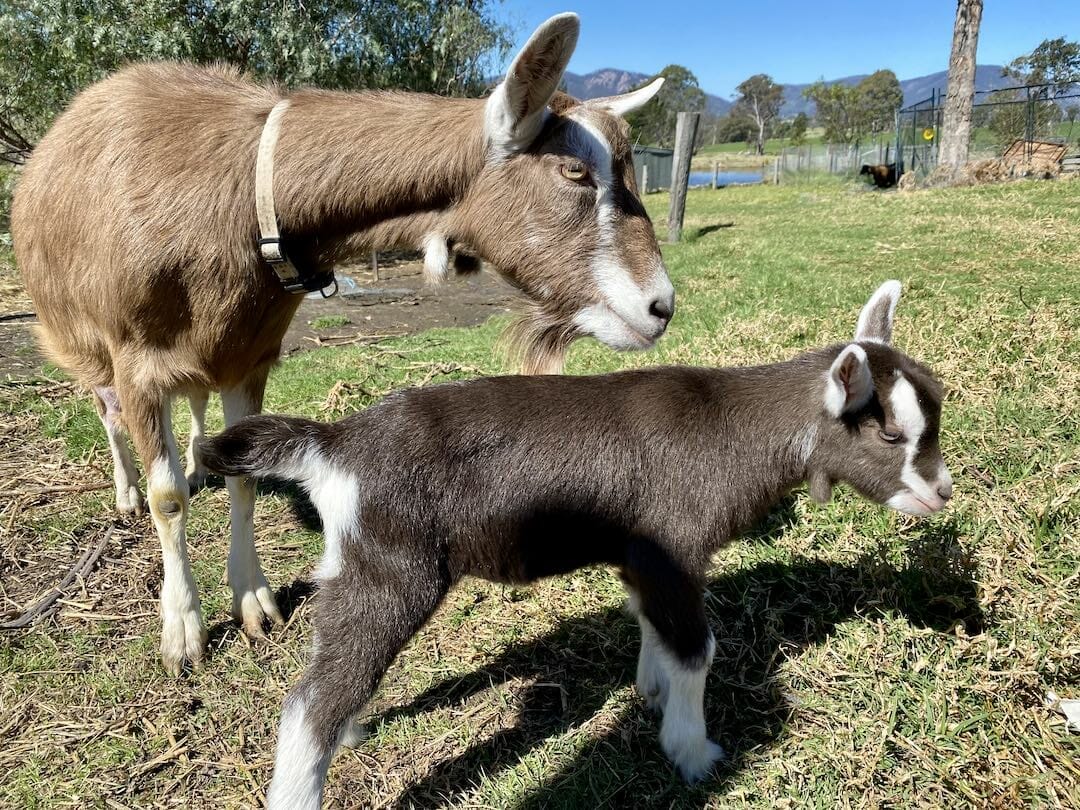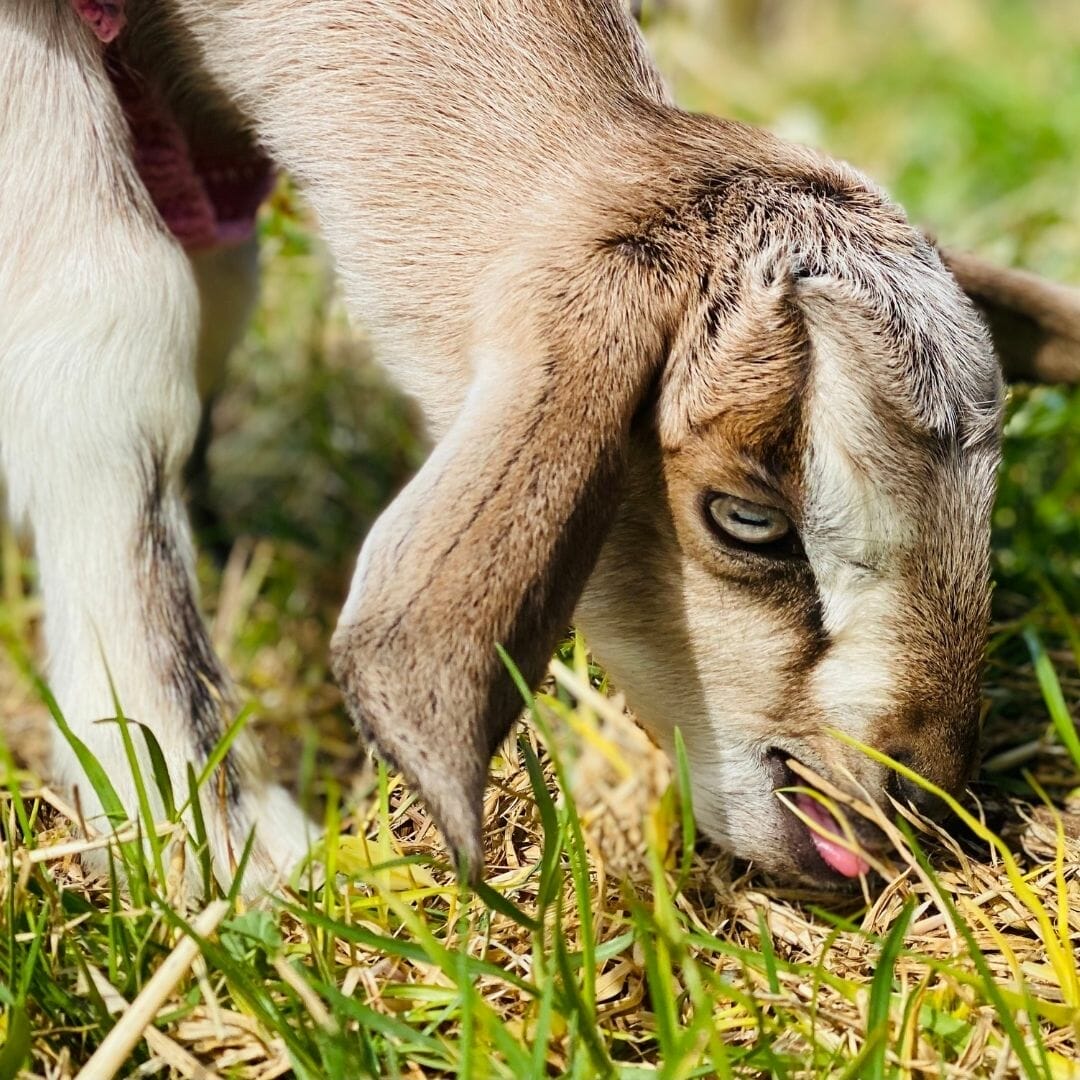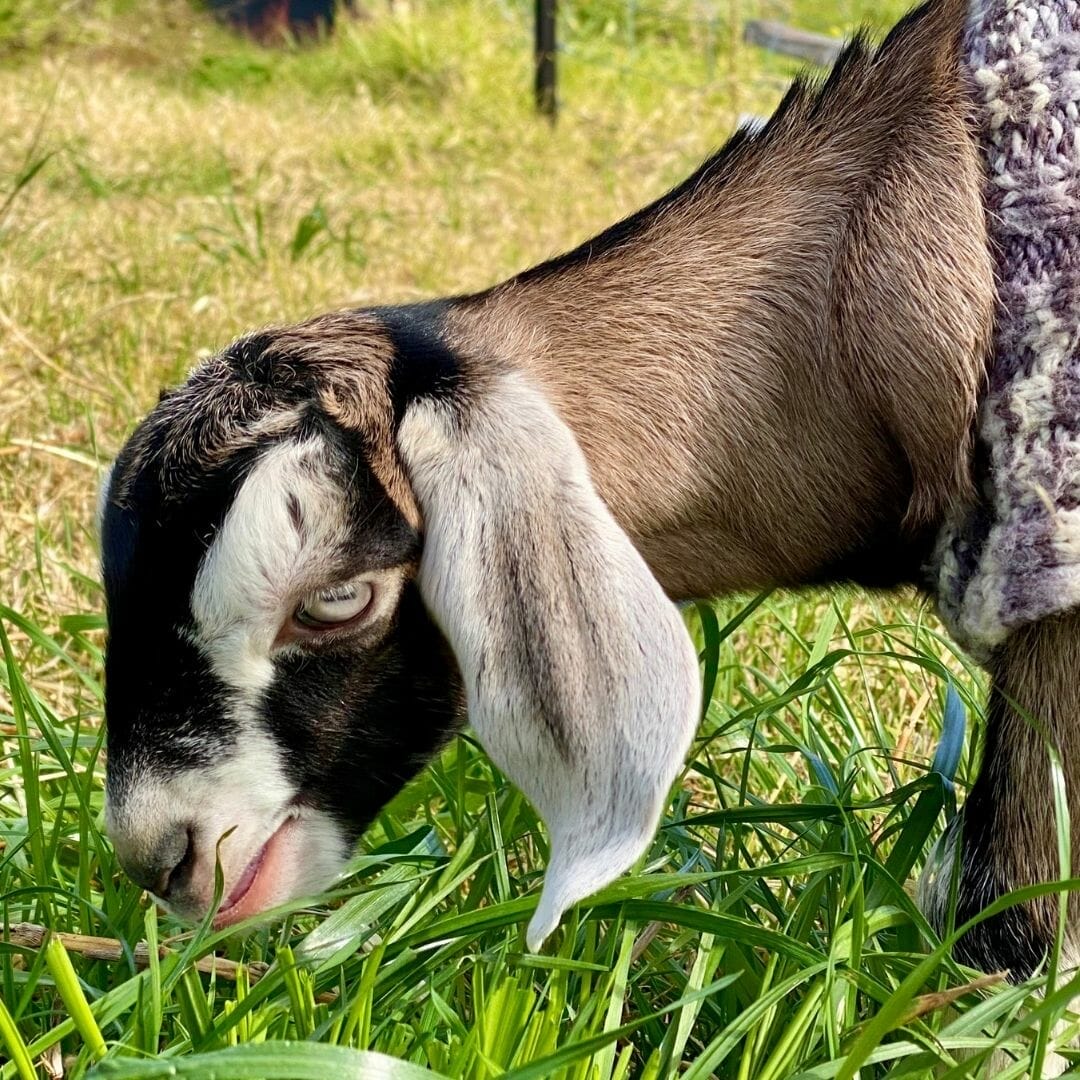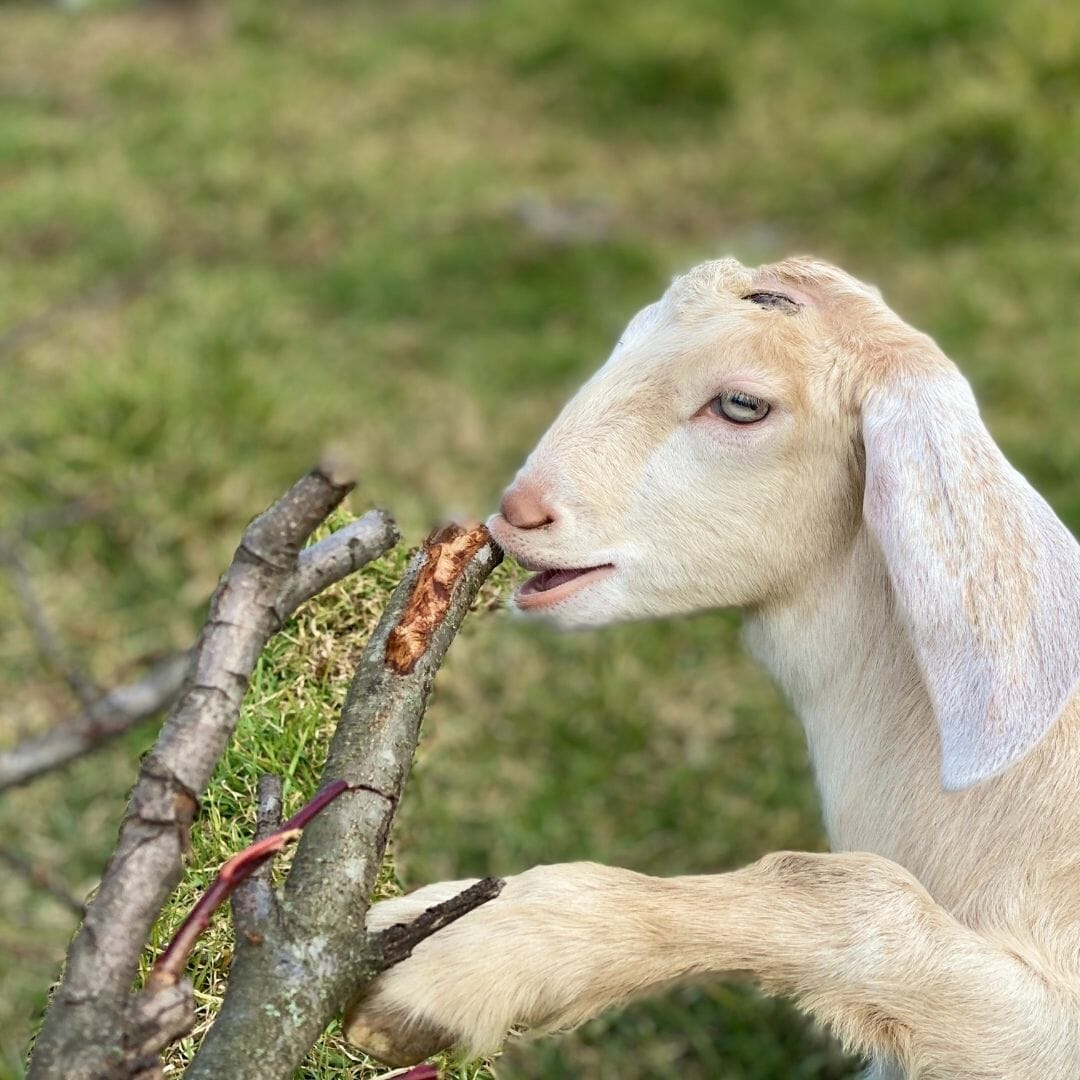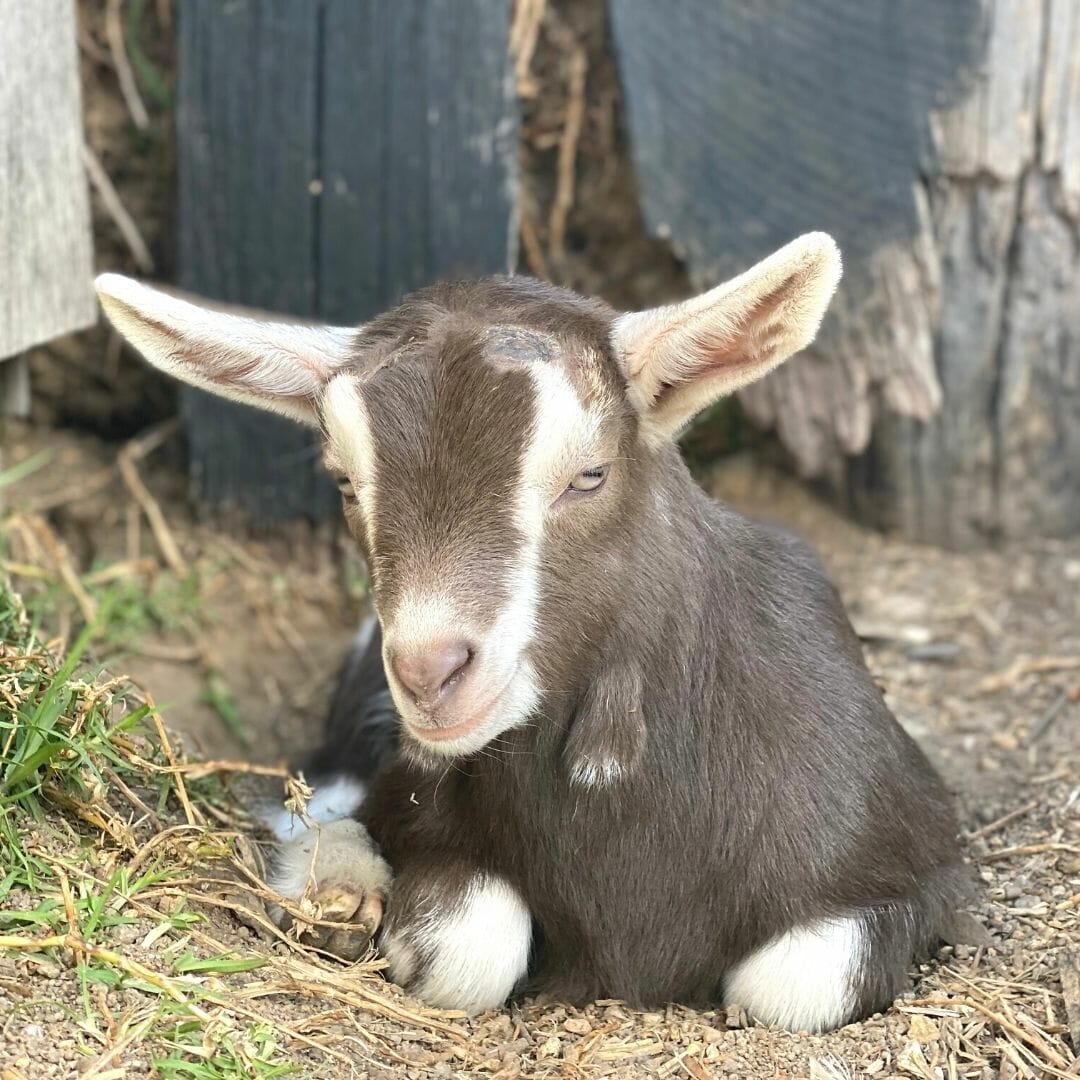goats
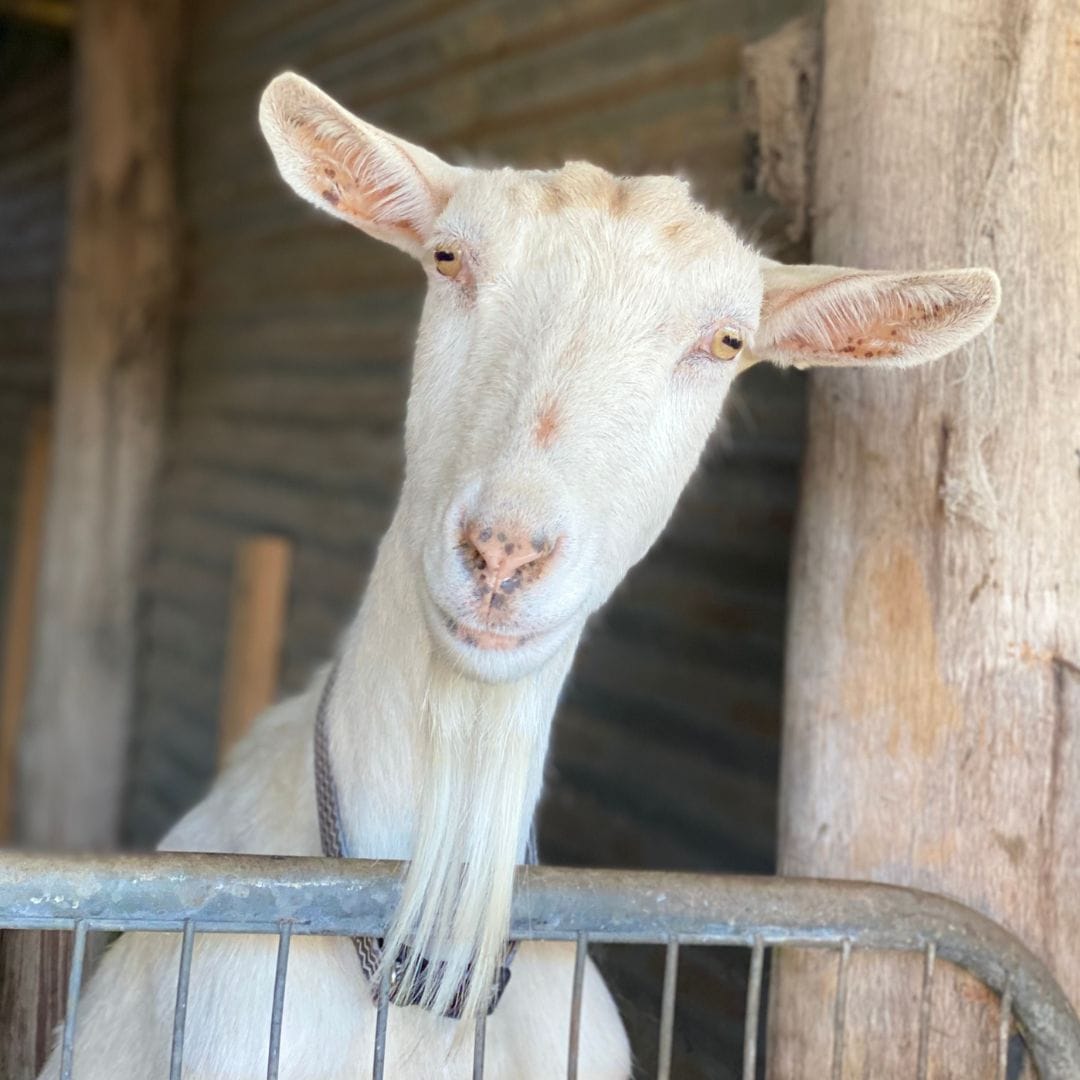
Here at Schoolhouse Farm we keep dairy goats.
What that means is that we keep and breed goats for milk, not meat. We keep a small herd for our own milk production, which we drink fresh and raw or turn into wondrous cheese. We regularly make Chevre, Feta and Haloumi, all of which are considered soft cheeses and are relatively simple to make. When the milk is really ‘flowing’, in spring after kids are born, we also make hard cheeses; these are similar to a Tomme. Each hard cheese takes 16-20 litres of milk to make and the process is more prolonged and involves multiple steps. It is so totally worth it when you ‘crack’ them open 6 months down the track though.
The breeds of dairy goats in our small herd are Saanen, Toggenburg and Anglo Nubian (and crosses of these breeds). Saanen are an easy-natured goat known for their high milk production. They originate from Switzerland-France with an appearance typical of the white goat we know from childhood story books. Likewise Toggenburg originated in Switzerland, they are typically (shades of) brown with a white blaze on their face and small white markings elsewhere too. They are a robust and somewhat cheeky breed of goat (some call them “Toggenbuggers” because of their inquisitive nature) and are generally easy fun to have around. The other purebred we have is Ango Nubian, which are of mixed heritage, having been developed in Great Britain from goats originating from the Middle East, which were crossed with native goats and then Swiss Breeds. The appearance of the Ango Nubian is nothing short of striking, with their ‘Roman noses’, pendulous floppy ears and multi-coloured pelts. They are known for producing milk with a higher butterfat content, for being ‘vocal’ and of strong of character. If you wish to know more about these breeds visit Dairy Goat Society of Australia
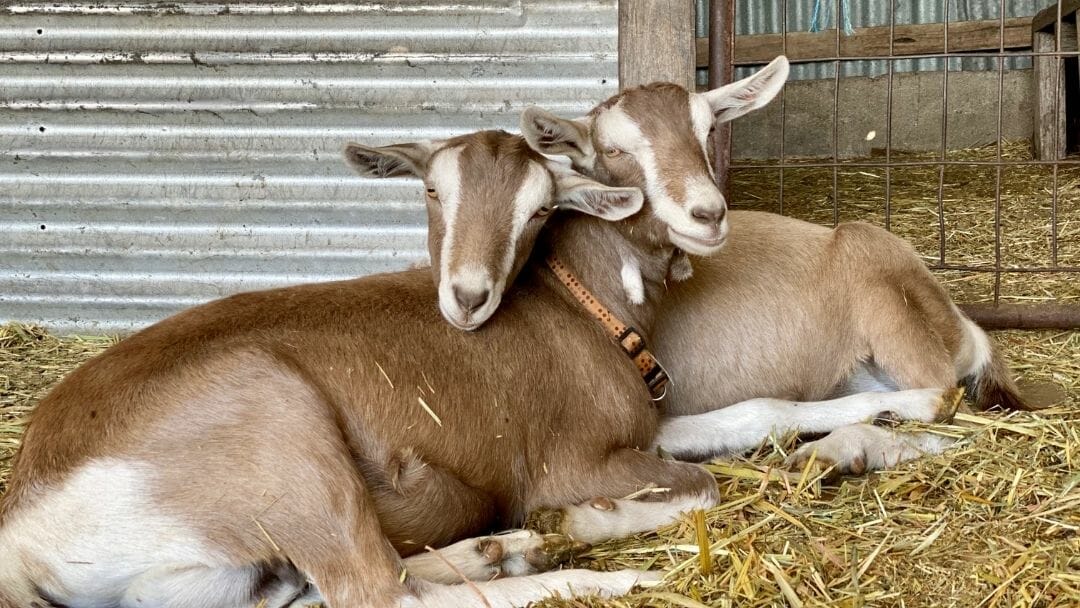

I was very fortunate to have found about Schoolhouse Farm. The only thing easier than dealing with Deb and Steve is working with their goats.
After visiting their property and seeing first-hand the quality of their operation I ended up, not only with the Buck I sought but two more does to add to my little herd.
Working alone as I do , I prefer to raise my own dairy animals so I may raise them to have quiet, calm, healthy and easy to manage temperaments. On this occasion though, all three goats I purchased from Schoolhouse Farm are a delight! Friendly, calm, healthy and easy to lead , I could not have done a better job myself and I would not hesitate to use them again.
Whilst goats are useful, entertaining and intelligent creatures with much charm, they are not the easiest of domestic animals to keep. Their needs are more complex than most people realise so it’s a significant decision to keep them.
FAQ’s
What do goats need?
Well, for a start they need The Right Food – more on that below. They also need good sturdy easily accessible shelter, which means they need to be able to seek refuge at any time, even during the day when they are out on pasture. Be warned – as a rule, dairy goats loath rain – they run, literally screaming sometimes, for cover at the first sprinkle, like acid is falling from the sky! Milking goats are usually ‘sheded’ at night too, meaning they will return to their sleeping quarters late each afternoon. Depending on where you live these quarters might have to be predator proof, particularly if you have a wild-dog problem in your area. It will also need to be large enough to house them and their pasture hay (in a feeder of some kind) and snug enough to protect all from the elements.
“What about fencing?”, I hear you ask. It is true what they say about goats and fencing – they will test it and find it wanting if not up to scratch! You need to have good fencing in place before you get your goats. We are happy to talk to you about what might be right for your herd.
There are also regular animal-husbandry tasks that your goats will need you to complete. One of the most necessary is trimming their hooves, a chore that will be on your list every 6 weeks.
What do goats eat or “is grass enough”?
The old adage that ‘goats eat anything’ is so not true! They are in fact ‘fussy’ eaters with complex food needs. They are ruminants for a start, meaning they have a compound digestive systems that is made up of 4 chambers (commonly referred to as stomachs). Each chamber contributes to the processing of food in a different way – microbial breakdown, fermentation, filtering, further breaking down and absorption. To keep this system working-well goats need a well-balanced and varied diet, including a lot of roughage. Importantly, goats are foragers and browsers not grazers. Which means a diet of grass alone will not suit them. So they don’t actually make good lawn mowers (sheep are a much better choice if that’s what you are wanting). Yes, they will eat grass and enjoy it but they also need to be able to forage and browse, meaning ‘eat-up’ on high growing plants, leaves and bark. If they cannot access these themselves then you will need to supplement their diet with cut branches and pasture hay of one kind or another. And that is just the beginning, if you intend to milk your goats you will also need to include mixed grains for energy and protein.
So, no, grass is most definitely not enough.
Do we sell goats at Schoolhouse Farm?
We do sometimes sell adult goats, however, it is more likely that if we are selling it will be young kids that are available. Goats have a gestation period of 5 months; we breed them in autumn so that kids arrive in spring when the weather is warming up and there is more feed in the paddocks. Which means that kids are available come late spring to summer. We sell young does, young bucks and wethers (de-sexed bucks). If you’re not looking to breed then wethers make great pets and are commonly very friendly and easy to have around.
On that point, all our goats are raised by their dams (mother) and heavily socialised in the herd so they know the rules and are relaxed around goats, people, dogs and other farm animals.
How young are goat kids when they are available?
Goat kids can go to their new homes as early as 6 weeks old (by prior arrangement) but they will still need bottle feeding, solid shelter, which includes protection from the weather & predators and human companionship at that age.
The earliest we wean our goats off milk is around 12 weeks, which is the simplest and less stressful time to rehome them, but we also understand that many people will want to take them younger, particularly if they have human kids as well. We are happy to chat to you about what young goat kids needs and whether this is right for you.
Are our goats vaccinated and wormed?
We vaccinate goat kids at 4 and 8 weeks of age and all kids are wormed before going to their new homes. If you choose to keep vaccinating then you will need to follow-up every 4 months. Worming should only be done on a needs-basis following regular (3 monthly) faecal egg counts (FEC) to determine worm burden. Routinely worming is a sure way to develop drench-resistance.
Are our goats CAE and Johne’s disease tested?
Yes, our herd is a negative-tested herd for both Caprine arthritis encephalitis (CAE) and Johne’s disease. CAE is a dreadful condition that causes pain and significant suffering for any infected animal.
Unfortunately there is no vaccination against CAE and no treatment that results in a cure; the animal will be effected for life and need lots of palliative care if suffering is to be minimised.
Likewise Johne’s is a very serious untreatable disease, causing wasting and suffering in infected animals.
Both CAE and Johne’s are infectious. Which is why we keep our herd ‘closed’, meaning we do not allow any goats to enter our property unless they too have been tested negative for CAE and Johne’s. Because of the seriousness of these diseases we are also cautious about where we sell any goats or kids on to.
How many goats should we have?
Goats are herd animals and should always have at least one other goat around. It is for this reason, and to help soften the strain of leaving their first home, that we tend to sell a minimum of two together. Even a buck needs a friend so if there is no goat-companion where he is going to we will sell a wether with the buck and they will become best friends forever.
Likewise we will sell a doe kid with another doe or with a wether. Generally speaking goats do love being in a herd though so the more the merrier to them, which is all fine as long as you can care for them all.
How much space do goats need?
This depends on a number of factors. If you are running goats on pasture you need to be able to rotate them around paddocks – this is important in terms of helping to minimise worm burden & also looking after your pastures.
It also depends on the type of land you have, if you have forest, for example, that they can browse and shelter under during the day then they need less space as they are very content in a wooded environment. But goats can also be kept in smaller spaces if their needs are met; this isn’t easy though, it takes time and dedication to their needs.
The wonderful Hannah Moloney from Good Life Permaculture in Tasmania explains what’s needed in her YouTube “Urban Goat Keeping” – totally worth watching even if you aren’t looking to keep them in an intense system.
How much do goats cost?
Prices range depending on age, sex, whether they are currently milking or not milking and their breed. When looking to sell adult goats we determine the price on a case-by-case basis. Likewise goat kids range in price depending on sex, breed and age.
Young wethers (de-sexed bucks) generally go for $75 – $125, bucks $100 – $250 and does $150 – $300. The most important thing for us is that they are going to well-suited homes where they will be cared for appropriately.
Please contact me on info@schoolhousefarm.com.au to talk goats if you are keen to add to your herd or thinking about getting started.
